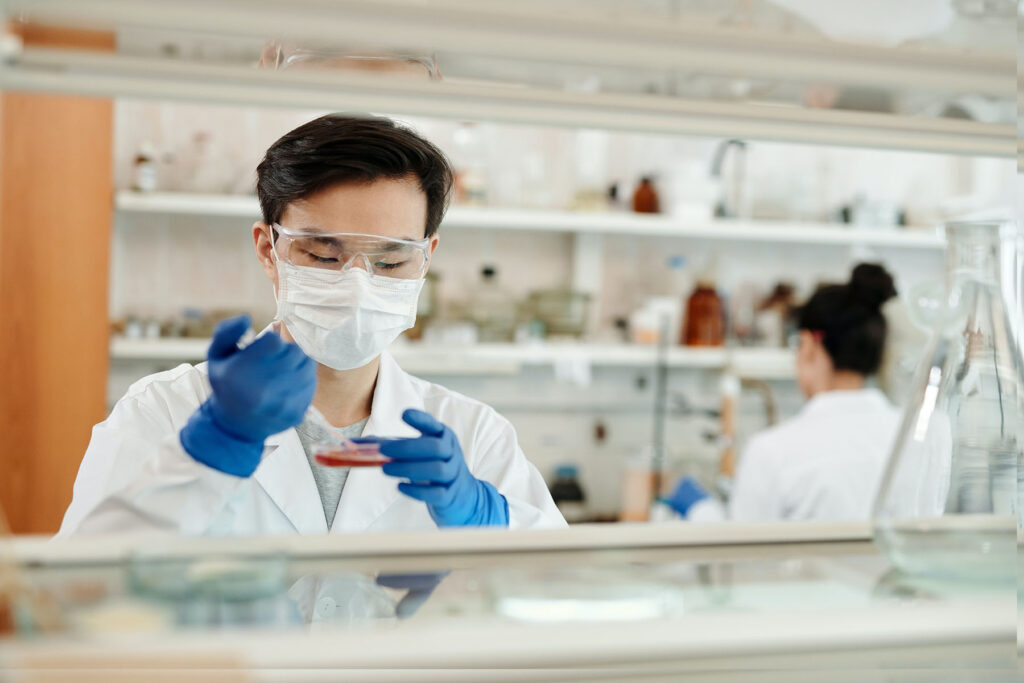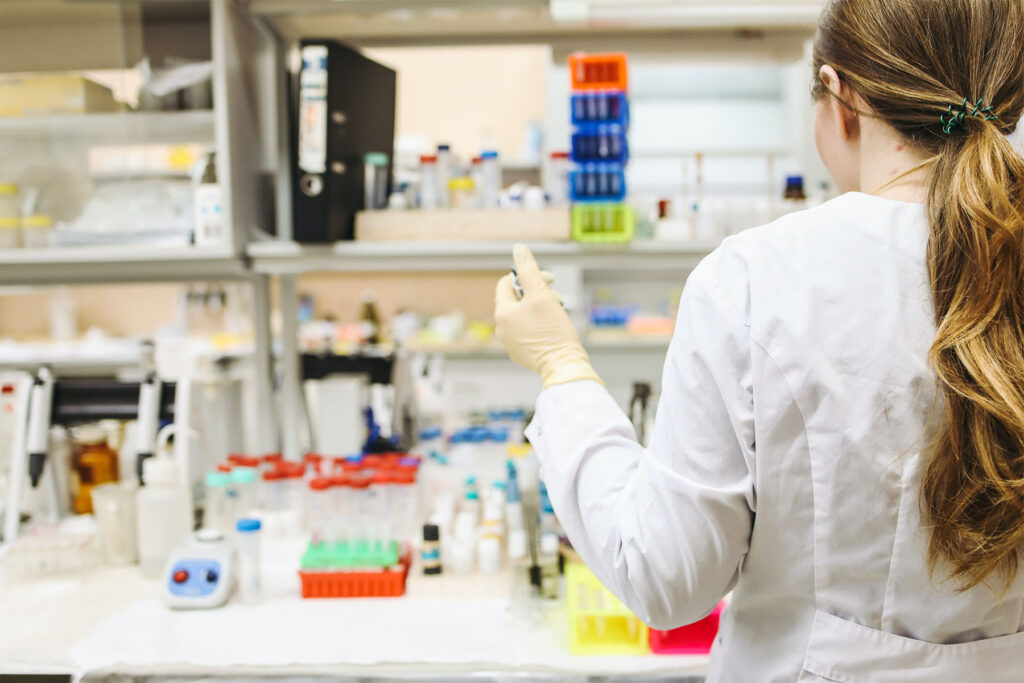CRISPR-Cas9 is the genome-editing tool making headlines, driving investments, and revolutionizing the world of molecular biology.
CRISPR-Cas9 gene editing involves making physical changes to the DNA sequence to alter the function it serves (Vidyasagar, 2018).
For example, you could alter the DNA within a tomato seed to make the fruit bigger, more pest-resistant, or even bright blue.
Gene editing isn’t new. It’s been practiced since the 1900s (What is Genome editing, 2019).
So why is CRISPR such a big deal?

There are three simple reasons:
- It’s cheaper
- It’s quicker
- It’s more precise than any other gene-editing tool.
Before CRISPR, it took years of research and hundreds of thousands of dollars to edit DNA – something that CRISPR can do in a fraction of the time and cost (Chan, 2016).
It’s a scientific breakthrough that gives humanity the potential to restructure the natural world to suit our needs.
CRISPR-Cas9 has industrialized the art of gene editing, making it more accessible and easier to use. As a result, it is being applied within various experiments and projects, creating platforms for the technology to be showcased, praised, and perfected.
So what’s up with the weird name?
CRISPR is not a computer program or machine. It is an ancient, naturally occurring genetic defense mechanism found in certain bacteria.
This technology is named according to the key structures driving the gene-editing process: CRISPR and Cas9.
CRISPR, pronounced “crisp-er,” stands for Clusters of Regularly Interspaced Short Palindromic Repeats.
CRISPR is a DNA sequence with a specific pattern of spacers and repeats that forms part of the natural defense mechanism within prokaryotic cells such as bacteria and archaea. Using this system, these cells can find and cut harmful strands of invading DNA from their cells.
The spacers are like little filing cabinets filled with wanted posters of viruses that attacked the cell in the past (Saey, 2017).

These “posters” identify those same viruses should they enter the cell again.
Scientists identified the CRISPR DNA sequence and figured out how to use it as a homing device to find specific DNA units for editing.
Once CRISPR has found them, Cas9 steps in. Cas9 is shorthand for CRISPR Associated Protein 9. This enzyme cuts the unwanted DNA. And once it’s been cut, scientists can fill the gap with new genetic material before the DNA repairs itself.
That means we can delete genes and replace faulty genes that carry mutations.
In this way, the genetic enemy is not only destroyed; it’s transformed into an ally.
The CRISPR-Cas9 technique is already being explored for many applications in fields ranging from agriculture to human health.
With its ability to rewrite the code of life, it may not be able to change the past, but it will help shape the future.
Reference list:
- Chan, H. (2019). Faster, cheaper, CRISPR: the new gene technology revolution. Retrieved from: https://www.scienceinschool.org/content/faster-cheaper-crispr-new-gene-technology-revolution
- Saey, T, S. (2017). Explainer: How CRISPR works. Retrieved from:https://www.sciencenewsforstudents.org/article/explainer-how-crispr-works
- Vidyasagar, A. (2018). What is CRSIPR?. Livescience. Retrieved from: https://www.livescience.com/58790-crispr-explained.html
- What is Genone Editing? (2019). Retrieved from : https://www.genome.gov/about-genomics/policy-issues/what-is-Genome-Editing
